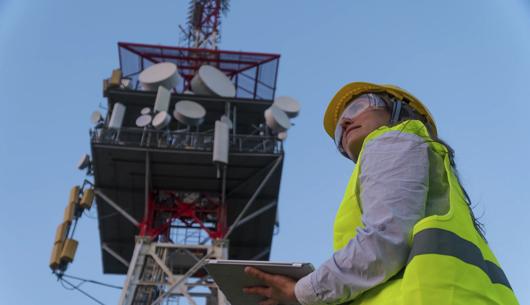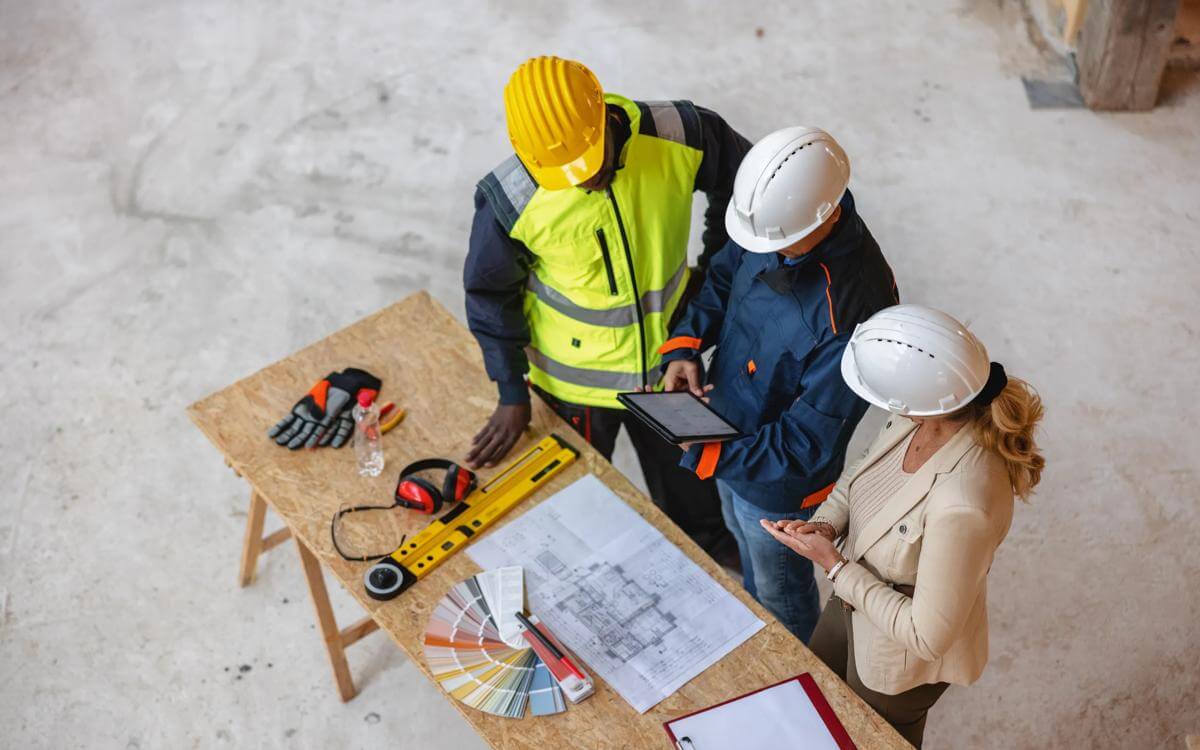In the run up to Christmas, the government published its response to its consultation on the Higher-Risk Buildings (Descriptions and Supplementary Provisions) Regulations (the Regulations) and laid the Regulations before Parliament.
The Regulations, along with the Building Safety Act 2022 (BSA), will define which types of buildings will be required to meet the regulatory requirements of the new building safety regime during:
- the design and construction of new higher-risk buildings and the building work to existing higher-risk buildings (the “design and construction stage”) and;
- the occupation of higher-risk buildings (the “in-occupation stage”).
We have summarised the government’s response to major items arising out of the consultation below, with these responses being set out in the Regulations, which in turn are subject to parliamentary scrutiny.
Definitions
Definition of a higher-risk building
The most significant news is that, despite calls from respondents for the threshold of a ‘higher- risk building’ to be lowered to 11 metres or 4 storeys, and some anticipation in the industry these calls would be heeded, the definition of ‘higher-risk building’ remains unaltered (and as set out in within the BSA) — in other words a ‘higher-risk building’ is one that is:
- at least 18 metres in height or has at least 7 storeys; and
- contains at least 2 residential units.
The government defended this approach saying that the evidence is that there is greater risk of fire spreading in buildings of at least 18 metres, and by reference to Dame Judith Hackitt having identified height as a suitable way to identify the level of risk.
Definition of building
With the vast majority of respondents having concerns about the definition of a ‘building’, this definition has been amended, with the intention of capturing more complex structures, in particular large, attached buildings (e.g., where two or more structures are attached or there is an independent section (i.e., which would provide access to the building), these are considered ‘buildings’ for the purposes of the Regulations).
This broadened definition is designed to help avoid questions regarding the extent to which independent sections of buildings fall within the Regulations or not.
This updated definition also includes plant rooms and machinery, so that any part of a building with specific fire safety equipment is considered ‘higher- risk’ (and therefore regulated).
Exclusions
Hospitals and care homes
The government has provided further clarity around which buildings are included in the Regulations — hospitals, care homes and buildings containing at least two residential units that are 18 metres tall or have 7 or more storeys remain ‘higher- risk buildings’ at the design and construction stage only.
Whilst many respondents were concerned with not including these buildings within the in- occupation phase of the new regime, given the vulnerability of those residing in hospitals or care homes, the government response was that hospitals and care homes are regulated by the Regulatory Reform (Fire Safety) Order 2005, and therefore those in control of the buildings are already subject to duties that would ensure the premises are safe.
Hotels, secure residential institutions and military premises
Hotels, secure residential institutions (such as prisons), and military premises remain excluded from both parts of the new regime — whilst respondents showed concern over residents being unfamiliar with their surroundings and escape routes, the government response was that this was because these buildings are already regulated by the Fire Safety Order, are generally monitored 24 hours a day, have multiple routes of escape, signage, and emergency lighting to assist with evacuation, as well as a higher level of detection and alarm system compared to residential buildings.
Measuring Higher-Risk Buildings
Measuring height
Many respondents said it was unclear what method should be used for measuring the height of a building (e.g., would this include basements or roof-top gardens?) and in response the government has clarified that this is ‘from the lowest part of the surface to the ground to which they are adjacent’, which will take into consideration buildings that sit on a hill or uneven ground, as this effectively measures the vertical distance a person would need to travel to escape a building from the top floor.
Measuring storeys
The government has also made some small changes to the method for measuring storeys, which align with the changes to measuring height, as follows:
- The number of storeys in a building should be measured from the lowest part of the surface of the ground to which they are adjacent (this is to prevent owners of buildings built on uneven ground (e.g. a hill) from gaming the height threshold);
- any storey which consists exclusively of roof-top machinery or roof-top plant rooms (so not all plant machinery storeys are excluded); and
- Galleries are to be defined as floors whose internal floor area is less than 50% of the internal floor area of the largest storey vertically above or below (rather than storeys whose floor area is less than 50% of the largest storey in the building), again to prevent gaming.
The Medium-Rise Scheme
For those medium-rise buildings that sit outside the 18 metres in height or 7 storey threshold, a new ‘Medium-Rise Scheme’ (MRS) will provide funding to remediate or mitigate unsafe external wall systems for 11–18 metre-high buildings where the responsible developer cannot be traced or identified, and will protect qualifying leaseholders from the related costs.
The government is launching a pilot opening of the MRS, which will be delivered by Homes England, starting with a small group of buildings that have interim or simultaneous evacuation measures in place.
The government is approaching this in a similar way to the Pledge for higher-risk (18m plus) buildings, and to date 49 developers have committed to:
- remediate life critical fire safety works Medium-Rise buildings; and
- reimburse any funding received from government remediation programmes in relation to buildings they had a role in developing or refurbishing.
Where the developer of a building cannot be traced or identified, the MRS will provide the funding to remediate or mitigate unsafe external wall systems, with the MRS being funded by the Building Safety Levy (charged on new residential developments, and designed to raise an additional estimated £3 billion to cover the costs of remediating such buildings).
When will the Regulations come into force?
The Regulations are subject to the affirmative parliamentary procedure, and if approved by both Houses of Parliament the government expects the regulations to come into force in early 2023.
We expect further government guidance to be published once the Regulations are approved by Parliament that provide more detail on which buildings are within scope of the new regime and how to measure the height of those buildings — watch this space…
Key contact

Tim Claremont
Partner
tim.claremont@brownejacobson.com
+44 (0)20 7871 8507








































